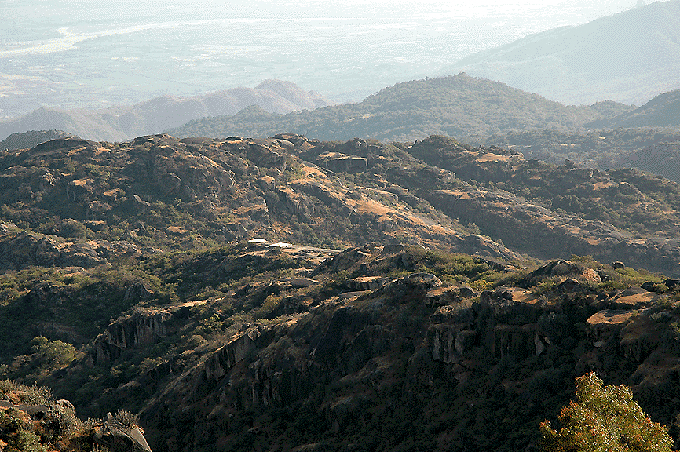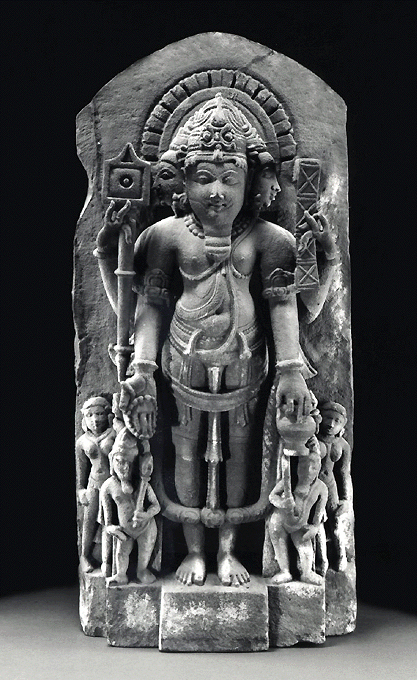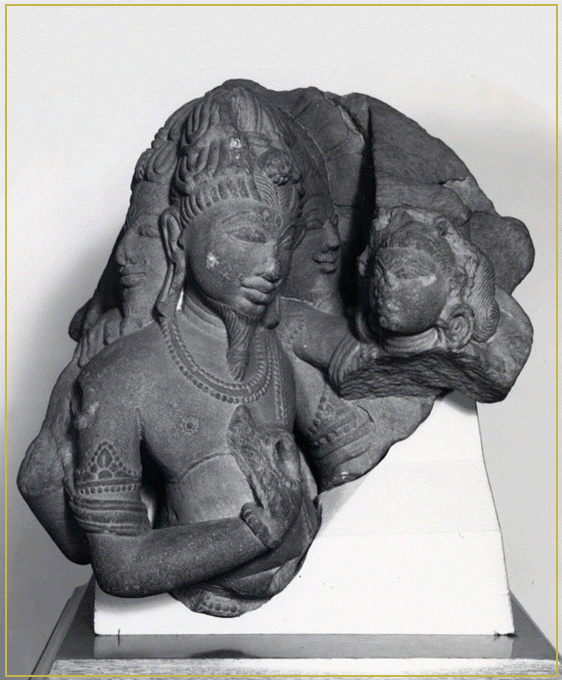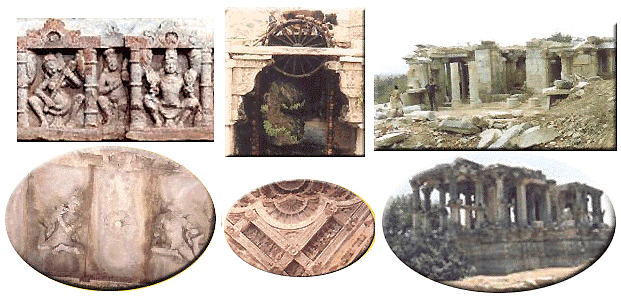
|
|
|
|
While the structure is now in total ruins, the Brahma temple at Vasantgarh was once a very prominent place of worship. The presiding deity here was a two-armed and three-faced figure of Lord Brahma, unfortunately now lost to the ages. Thought to be have been built not later than the 7th century A.D., the Brahma temple at Vasantgarh was destroyed by Muslim invaders. In the mid-15th century, the village was taken under the rule of the Guhila king, Kumbhakarna. He rehabilitated the village, inviting people from various locations to come and re-settle it. Under his patronage, both Vaisnava and Jain temples again flourished here. The most prominent temples in Vasantgarh during that period were the Brahma temple, the Varman Sun temple, the Kshemarya temple, and a Jain basadi. Most are thought to have been built around the same time. An inscription of 625 A.D. evidences the fact that while Rajilla, a feudatory of Varmalata and ruler of Mount Abu region was reigning here at Vasantgarh, a temple for the Goddess Keshemarya was built by Satyadeva, under the direction of the town assembly. The Sun temple was built by Vasistha, and was later renovated by Bhavagupta. The temple of Lord Brahma was situated very near to the Sun temple, and the two were built in a similar style. These two are considered to be the oldest ruins at Vasantgarh. Given the many instances we've seen throughout this series where the worship of Surya became a replacement for Brahma, it's interesting to note that here at Vasantgarh, their temples were side by side. The Brahma temple has also been referred to as the temple of Bharga, constructed by Vasistha, as is mentioned in an inscription from 1042 A.D.

Mount Abu, Sirohi District, Rajasthan Both the Varman Sun temple and Lord Brahma's temple were quite plain, having massive heavy mouldings around the basement. Their brick spires were plastered, being an unmistakable marker of their antiquity. It appears that both temples originally had a pradakshina and a sabha-mandapa. In the Brahma temple, the presiding deity was located inside the sanctum sanctorum. This Brahmadeva deity was in a standing posture, and was life-sized. Brahma's three faces were framed from behind by a nimbus (halo of illumination). With two arms, he held the mala in one hand and the lota in the other. Some references are found indicating that a deity of Saraswati was also installed at this temple. There are a number of legends associated with the village of Vasantgarh which establish its antiquity as being well before the time when the Brahma and Sun temples were built. In the eleventh century, the asrama of the sage Varihtha stood beneath a great Banyan tree here. Vasistha is said to have erected the temples of Bharga (Brahma) and Arka, and with the assistance of Viswakarma, he also founded the city of Vata, which was protected by ramparts that surrounded its orchards, tanks and opulent residences. Vata was also known as Vasisthapeua. The Varman Sun Temple was also a Vaisnava shrine. Known as the Brahmana-Svamin, it was a carefully carved structure, well balanced architecturally. The temple faces east, and consists of a sanctum, sabha-mandapa, pradakshina, and porch. Like the Brahma temple, the presiding deity here was in a standing posture. Elsewhere in the main temple were figures of the Navagrahas and the eight Dikpalas, but these were badly damaged by the Muslims. Also known as the Surya-Narayana Temple, the Sun temple featured an excellent carving of a chariot drawn by seven horses, which was situated on a pedestal, in a niche of the sanctum. The nearby Jain temple was home to the Brahamanaka gachchha, a Jain sect which originated from Varman, known in ancient days as Brahmana-mahast hana. The Mahavira Jain temple of this gachcha was built in 1885 A.D. at Vasantgarh. There was also a Shiva temple here known as Varmesvara.

Lord Brahma holding dhruva (ladle), pustaka (palm-leaf manuscript), kamadhalu, and mala Sandstone, Central India, 9th c.
| |

